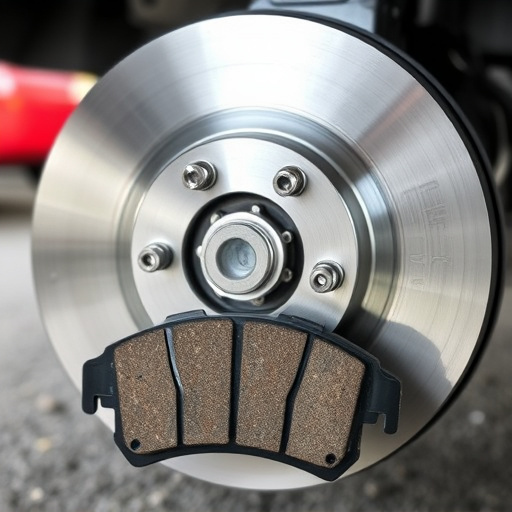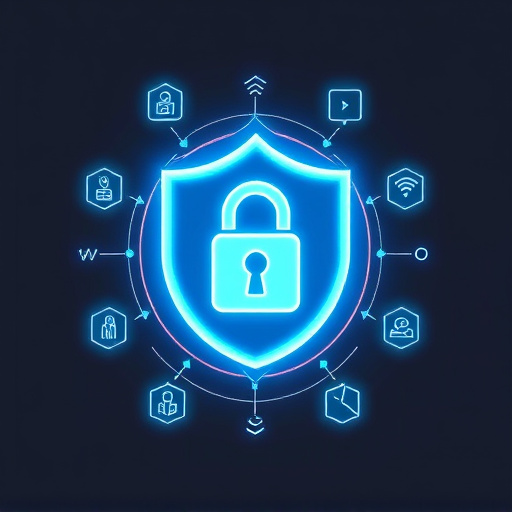Category: Fiber Optic Cabling Pittsburgh PA
Fiber Optic Cabling Pittsburgh PA: Transforming Connectivity in the Steel City
Introduction
Welcome to an in-depth exploration of a technology that is revolutionizing the way we connect—Fiber Optic Cabling in Pittsburgh, Pennsylvania. This article aims to demystify this complex topic, providing a comprehensive guide for both industry professionals and curious readers. We will navigate through the history, benefits, challenges, and future potential of fiber optic cabling in Pittsburgh, showcasing its profound impact on communication infrastructure. By delving into various aspects, from global trends to local applications, we hope to offer valuable insights into this game-changing technology.
Understanding Fiber Optic Cabling Pittsburgh PA: Unraveling the Basics
Definition:
Fiber Optic Cabling refers to the use of thin strands of glass or plastic fibers as a medium for transmitting data through light signals. These fibers are arranged in cables, offering a revolutionary alternative to traditional copper wiring.
Core Components:
- Optical Fibers: The heart of the system, these fibers are capable of transmitting large amounts of data over long distances with minimal loss. They consist of a core (the path for light) and a cladding (which guides light back into the core).
- Light Sources and Detectors: Laser diodes or LED lights are used to transmit data as optical signals, while photodetectors convert these signals back into electrical data.
- Connectors and Terminations: Specially designed connectors ensure secure connections between fibers, allowing for easy network expansion and maintenance.
- Cables: Fiber optic cables come in various types, including single-mode (for long-distance communication) and multi-mode (for shorter distances). They are protected by durable jackets to withstand environmental conditions.
Historical Context:
The concept of fiber optics has roots dating back to the early 20th century, but it wasn’t until the late 1970s and 1980s that its potential in telecommunications became evident. The first practical long-haul fiber optic systems were deployed, marking a significant shift from copper-based networks. Since then, fiber optic cabling has evolved to cater to the growing demand for high-speed data transmission, becoming a cornerstone of modern communication infrastructure.
Significance in Pittsburgh:
Pittsburgh, known as the “Steel City,” has undergone a digital transformation, and fiber optic cabling plays a pivotal role in this evolution. The city’s strong manufacturing base and burgeoning tech industry drive the need for robust and high-speed network connectivity. Fiber optics provide the necessary infrastructure to support cutting-edge applications, from advanced robotics in factories to high-performance computing in research institutions.
Global Impact and Trends: A Network Without Borders
International Influence:
Fiber optic cabling has become a global phenomenon, with countries worldwide investing heavily in fiber-optic networks. The technology’s ability to transmit data at the speed of light over long distances has made it an attractive solution for bridging geographical gaps. Pittsburgh, as a major urban center, is influenced by these global trends, with its tech companies and research institutions benefiting from international best practices and innovations.
Key Trends Shaping the Industry:
- 5G and Beyond: The rollout of 5G networks globally has fueled the demand for fiber optic infrastructure to support ultra-high-speed connectivity required for advanced applications like autonomous vehicles, Internet of Things (IoT), and augmented reality (AR).
- Smart Cities: Many cities worldwide are embracing smart city initiatives, utilizing fiber optics to enable efficient urban management through real-time data analysis. Pittsburgh’s proximity to other major tech hubs has positioned it as a potential leader in this area.
- Underwater Cable Networks: The expansion of international communication links via underwater cables is gaining momentum, ensuring reliable and high-capacity data transmission between continents.
Regional Differences:
The adoption and implementation of fiber optic cabling vary across regions due to factors like economic development, government policies, and existing infrastructure. Developed countries like the United States (including Pittsburgh) have made significant strides in deploying fiber networks, while developing nations are gradually catching up. Table 1 illustrates the global landscape:
| Region | Fiber Optic Deployment Status | Key Drivers | Challenges |
|---|---|---|---|
| North America | Advanced | Strong tech sector, government incentives | High initial costs |
| Europe | Widespread | Government-led initiatives, mature telecom market | Regulatory fragmentation |
| Asia Pacific | Rapid Growth | High digital penetration, government support | Infrastructure disparities |
| Latin America & Africa | Emerging | Increasing internet adoption, private investments | Limited infrastructure and regulatory hurdles |
Economic Considerations: Weaving the Digital Fabric of Pittsburgh
Market Dynamics:
The fiber optic cabling market in Pittsburgh, like any other urban center, is dynamic and competitive. Local telecom providers, cable companies, and tech startups offer various services, driving innovation and pricing strategies. The market’s health is evident in the rapid expansion of high-speed internet access across the city.
Investment Patterns:
Substantial investments have been made in fiber infrastructure by both private entities and public-private partnerships. These investments cater to the growing demand for:
- High-Speed Internet: Pittsburgh residents and businesses require faster internet speeds for streaming, online gaming, and digital work environments.
- Telecommunications: Fiber optics enable advanced communication networks, supporting the city’s diverse tech sectors.
- Research and Education: Academic institutions and research facilities rely on fiber for high-performance computing and data sharing.
Economic Impact:
The economic benefits of fiber optic cabling are multifaceted:
- Job Creation: The deployment and maintenance of fiber networks create jobs in manufacturing, installation, and IT support.
- Business Growth: High-speed connectivity attracts tech startups and fosters innovation, contributing to the city’s economy.
- Real Estate Value: Areas with advanced fiber infrastructure often experience increased property values and improved business prospects.
Technological Advancements: Pushing the Boundaries of Connectivity
Recent Innovations:
The field of fiber optic cabling is constantly evolving, driven by technological breakthroughs:
- Dynamic Wavelength Division Multiplexing (DWDM): This technology allows for the simultaneous transmission of multiple data signals at different wavelengths over a single fiber, increasing network capacity.
- Coherent Communication: Coherent optical amplifiers enhance signal quality and reduce noise, enabling longer-distance transmission with minimal loss.
- Small Form-factor Pluggable (SFP) Transceivers: These compact devices simplify fiber connections, making them ideal for data centers and enterprise networks.
- Photonic Integrated Circuits (PICs): PICs integrate multiple optical components onto a single chip, reducing size and power consumption.
Future Potential:
The future holds immense possibilities for fiber optic cabling:
- Quantum Communications: Quantum cryptography and communication systems promise unprecedented security and speed, leveraging the properties of light particles.
- Flexible Fiber Optics: Bending and contorting fibers could revolutionize wearable technology and flexible electronics.
- Underwater Data Transmission: Advanced fiber optics can enhance undersea cable networks, enabling high-speed data exchange across oceans.
Policy and Regulation: Navigating the Legal Landscape
Key Policies and Regulations:
The development of fiber optic cabling in Pittsburgh is guided by a combination of federal, state, and local policies:
- Federal Communications Commission (FCC) Guidelines: The FCC sets standards for telecommunications, including fiber infrastructure deployment.
- Pennsylvania Public Utility Commission (PUC): The PUC regulates public utilities, ensuring fair pricing and access to critical services.
- Local Zoning Laws: Pittsburgh’s zoning regulations impact the installation of fiber cables, especially in residential and commercial areas.
Influence on Development:
These policies play a crucial role in:
- Incentives and Subsidies: Governments often offer incentives to encourage private sector investment in fiber infrastructure.
- Network Neutrality: Regulations ensure that all internet traffic is treated equally, promoting open access to the digital realm.
- Privacy and Security: Laws protect user data, ensuring secure communication through fiber networks.
Challenges and Criticisms: Overcoming Obstacles
Main Issues Faced:
Despite its many advantages, fiber optic cabling in Pittsburgh faces several challenges:
- High Initial Costs: Laying fiber infrastructure is expensive, deterring investment, especially in rural or less populated areas.
- Network Expansion: Expanding fiber networks to cover the entire city requires careful planning and significant resources.
- Regulation Complexity: Navigating various regulatory bodies can be cumbersome, leading to delays in project implementation.
Proposed Solutions:
To address these issues:
- Public-Private Partnerships (PPPs): Collaboration between government agencies and private telecom providers can share costs and expedite deployment.
- Grants and Subsidies: Governments can offer financial support for fiber infrastructure development, especially in underserved areas.
- Standardized Regulations: Streamlining and simplifying regulatory processes will encourage investment and network expansion.
Case Studies: Real-World Applications and Success Stories
Case Study 1: Pittsburgh Public Schools (PPS) Fiber Network
The Pittsburgh Public Schools implemented a city-wide fiber optic network to enhance educational opportunities. This project aimed to provide high-speed internet access to all schools, enabling advanced teaching methods and online learning platforms. The result was improved student engagement, better resource accessibility, and enhanced collaboration among educators. This case highlights the transformative power of fiber in education.
Case Study 2: River City Software’s Data Center Upgrade
River City Software, a local tech startup, upgraded its data center with a high-capacity fiber optic network. The new infrastructure enabled the company to handle increased data traffic from its growing customer base and supported the deployment of cloud-based services. This upgrade resulted in improved performance, reduced latency, and enhanced security for River City’s operations.
Case Study 3: UPMC (University of Pittsburgh Medical Center) Research Network
UPMC leveraged fiber optic cabling to create a robust research network, connecting multiple medical facilities and research institutions across the city. This unified network facilitated seamless data sharing, remote collaboration, and advanced medical research. The project received recognition for its role in accelerating medical breakthroughs and improving patient care.
Future Prospects: Looking Ahead with Excitement
Emerging Trends:
The future of fiber optic cabling in Pittsburgh is bright, with several trends shaping the industry:
- 5G Integration: The rollout of 5G networks will drive demand for advanced fiber infrastructure to support ultra-low latency and high-bandwidth applications.
- Smart Grid Deployment: Fiber optics will play a vital role in the transition to smart grids, enabling efficient energy management and real-time monitoring.
- Automotive and Industrial IoT: Pittsburgh’s thriving automotive and manufacturing sectors will benefit from fiber-powered IoT solutions for vehicle connectivity and industrial automation.
Strategic Considerations:
To capitalize on these trends:
- Public-Private Partnerships: Continued collaboration can ensure the city’s fiber infrastructure keeps pace with technological advancements.
- Diverse Revenue Streams: Exploring new revenue models, such as offering fiber services to businesses beyond telecommunications, can sustain investment.
- Community Engagement: Involving residents and local organizations in planning and decision-making processes fosters a sense of ownership and support for fiber initiatives.
Conclusion: Weaving the Digital Tapestry of Pittsburgh
Fiber optic cabling is not merely an infrastructure upgrade; it is a catalyst for economic growth, innovation, and societal progress. In Pittsburgh, this technology has the potential to transform various sectors, from healthcare and education to manufacturing and entertainment. As we’ve explored, understanding fiber optics involves delving into its historical context, global impact, economic considerations, technological advancements, and policy frameworks.
By embracing fiber optic cabling, Pittsburgh can position itself as a leader in digital transformation, attracting businesses, fostering research, and enhancing the quality of life for its residents. The future prospects are promising, with new applications emerging daily. As we navigate this digital age, fiber optics will undoubtedly play a pivotal role in shaping the city’s landscape and its place in the global community.
FAQ Section: Answering Your Questions
Q: What makes fiber optic cabling better than traditional copper wires?
A: Fiber optics offer significantly higher bandwidth, enabling faster data transmission speeds. They are also less susceptible to signal degradation over long distances, providing a more reliable connection.
Q: How does fiber optic cabling contribute to the environment?
A: Fiber infrastructure generally has a lower environmental impact than traditional copper networks due to reduced energy consumption and smaller physical footprint during installation. Additionally, the longevity of fiber cables minimizes the need for frequent replacements.
Q: Can fiber optic networks handle the data demands of the future?
A: Absolutely! Advanced fiber technologies, such as DWDM and coherent communication, enable the transmission of vast amounts of data required by emerging applications like 5G, IoT, and virtual reality.
Q: What are the potential challenges in maintaining fiber optic cables?
A: While fiber cables are durable, they can be susceptible to damage from construction activities, natural disasters, or accidental cuts. Regular maintenance and advanced monitoring systems help mitigate these risks.
Q: How does government support impact the deployment of fiber optic networks?
A: Government incentives, grants, and subsidies play a significant role in encouraging private sector investment. These funds can offset initial costs, accelerate network expansion, and make high-speed internet access more affordable for residents and businesses.
Fiber Optic Cabling Pittsburgh PA: Lower Latency for Gamers
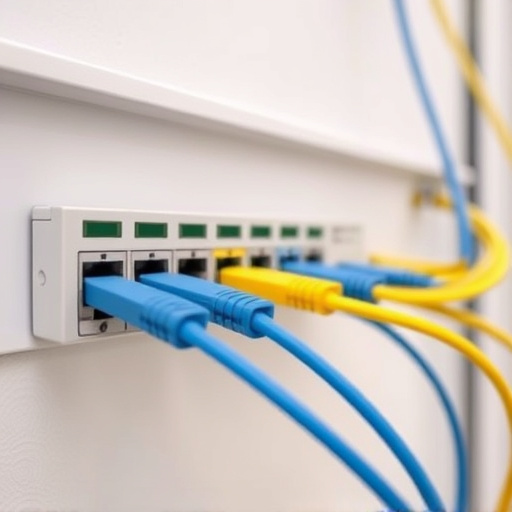
Fiber Optic Cabling Pittsburgh PA offers lower latency and faster data transmission compared to copp…….
Navigating Pittsburgh’s Fiber Optic Hurdles: Installation, Safety, and Regulations

Pittsburgh, PA, leads in digital transformation with widespread fiber optic cabling, enhancing inter…….
Pittsburgh PA: Fiber Optic Cabling Boom Transforms City Connectivity
Pittsburgh PA’s Fiber Optic Boom: Construction Drives Demand
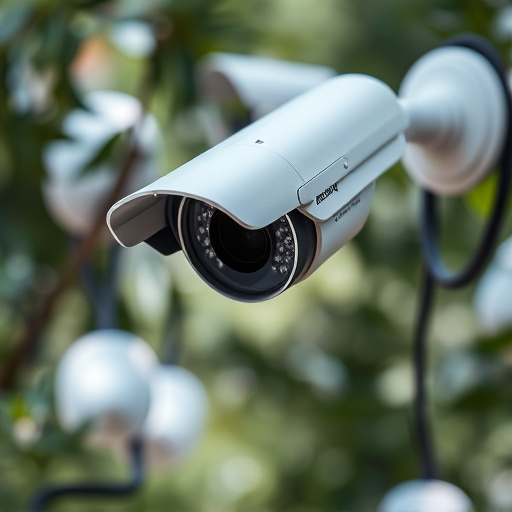
Pittsburgh, PA, experiences a construction boom driving demand for fiber optic cabling, vital for ad…….
Fiber Optic Revolution: Pittsburgh PA Internet Providers Compete

Pittsburgh, PA, has emerged as a competitive market for fiber optic cabling, revolutionizing interne…….
Pittsburgh PA: Fiber Optic Cabling Benefits for Homes Today
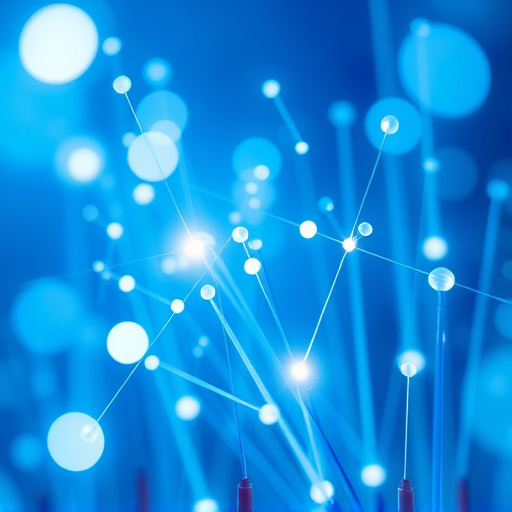
The shift to Fiber Optic Cabling Pittsburgh PA is transforming home connectivity with faster speeds…….
Pittsburgh’s Fiber Optic Boom: Construction Drives Demand

Pittsburgh, PA, experiences a surge in demand for fiber optic cabling due to its booming tech indust…….
Navigating Pittsburgh’s Fiber Optic Challenges for Contractors
Transform Pittsburgh PA Networks with Fiber Optic Cabling Upgrades

Fiber Optic Cabling Pittsburgh PA is a strategic necessity for businesses aiming to thrive in the di…….
